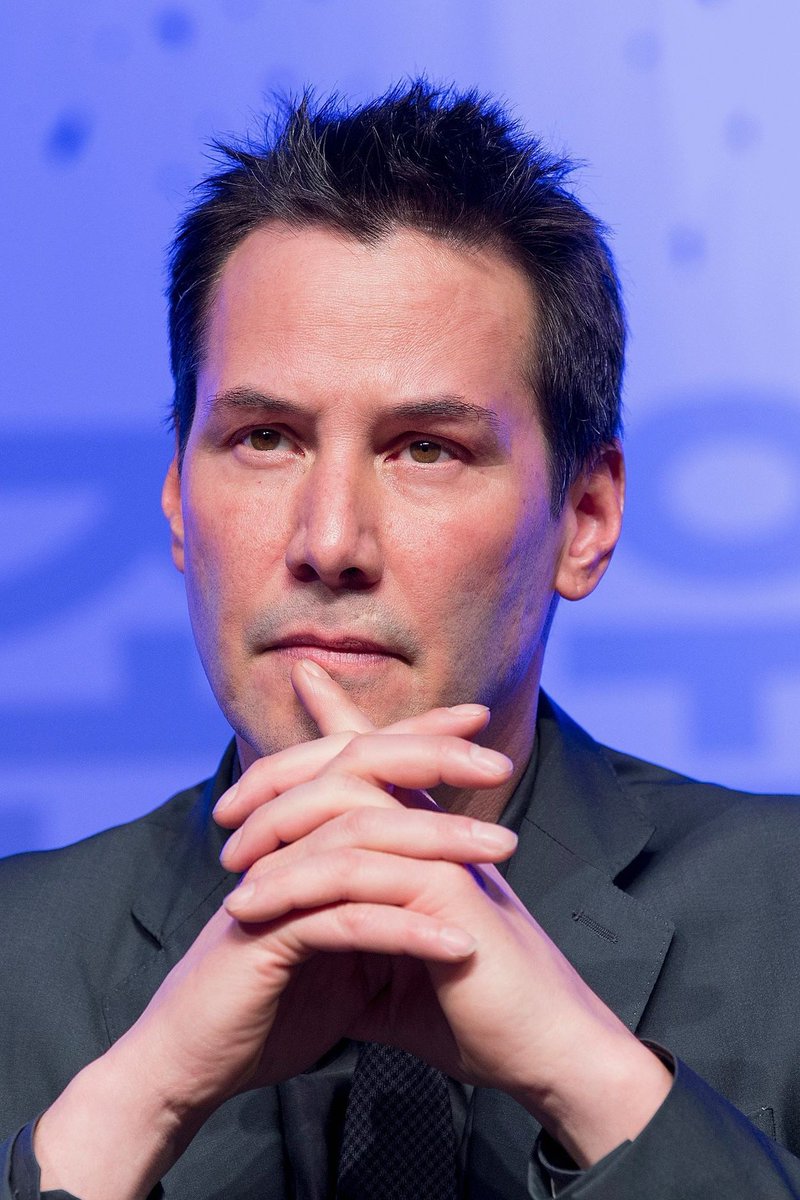Is it possible that the stoic, action-hero Keanu Reeves, the man who embodies both philosophical depth and balletic violence, could be entangled in a real-world controversy of a rather… unexpected nature? The narrative surrounding Reeves, the star of the John Wick franchise, has recently taken a surprising turn, with claims of artistic appropriation that suggest a blurring of lines between inspiration and outright theft.
The accusation, leveled by Firas Zahabi, the highly respected coach known for his work with mixed martial arts (MMA) luminaries, including Georges St-Pierre, has ignited a spark of amusement and debate within the combat sports community and beyond. Zahabi alleges that Reeves, in his portrayal of the titular character in the John Wick films, borrowed a specific defensive maneuver – the web guard – directly from his own repertoire of techniques. The claim, made with a blend of humor and a touch of playful outrage, has thrust a spotlight onto the meticulous process of fight choreography and the sources from which it draws its inspiration.
| Category | Details |
|---|---|
| Name | Firas Zahabi |
| Occupation | MMA Coach, Owner of Tristar Gym |
| Notable Clients | Georges St-Pierre, and other successful MMA fighters |
| Known For | Innovative techniques and strategic approach to MMA coaching |
| Areas of Expertise | Mixed Martial Arts, Brazilian Jiu-Jitsu, Wrestling, and striking techniques |
| Gym | Tristar Gym, Montreal, Canada |
| Current Status | Actively coaching and training fighters at Tristar Gym |
| Controversy | Accused Keanu Reeves of using his Web Guard technique in the John Wick movies. |
| Reference Link | Tristar Gym Official Website |
The web guard, as Zahabi describes it, is a defensive posture designed to control an opponent's limbs and prevent them from launching effective attacks. It is a technique that emphasizes a strategic approach to grappling, focusing on control and leverage. The accusation has spurred discussions about the nature of influence and the common practice of drawing inspiration from diverse sources in the creative process. The situation, viewed through the lens of cinematic adaptations, often involves borrowing elements from real-world disciplines, sometimes even to the point of precise reproduction.
Zahabi, who leads the esteemed Tristar Gym, showcased the maneuver in a video published on the gym’s YouTube channel. He then meticulously compared it to a scene from a John Wick film, suggesting a nearly identical replication of the guard. This visual comparison served as the crux of his argument, cleverly presenting the resemblance to his audience. He stated It was a great move, it's called the web guard. I used to call it the web guard.
While the initial response to Zahabi's claim has been largely lighthearted, with fans playfully speculating about a potential Wick vs. Zahabi showdown, it also raises valid questions about intellectual property, particularly in the context of action-oriented filmmaking. The rigorous and meticulous choreographic requirements that action films demand draw heavily from real-world combat styles.
The world of Keanu Reeves, however, has encountered other, more serious, instances of legal challenges. According to CNN Chile reports, a 21-year-old individual was arrested in connection with the theft of several of the actor's watches.
Beyond these incidents, Reeves' public image has faced a spectrum of allegations. One such accusation came from a grocery clerk regarding Reeves' appearance. The nature of this, and other, accusations against Reeves have highlighted the vulnerability of high-profile individuals to public scrutiny, often stemming from minor interactions. It's a reality that intersects the actor's professional career with the broader sphere of public opinion.
The actor's personal life has also, occasionally, been the subject of false accusations. In 2007, the Los Angeles Times reported that Reeves found himself embroiled in a lawsuit initiated by Alison Silva, a paparazzi photographer. The details of this case shed light on the constant pressure faced by celebrities and the legal and ethical implications of the paparazzi's role.
It’s a curious landscape, the intersection of Reeves’ public persona, his films, and the real-world legal skirmishes that occasionally intersect with his life and career. From playful accusations of artistic appropriation to the harsh reality of alleged theft and lawsuits, the story of Keanu Reeves demonstrates the complex interplay between fame, public image, and the legal system. It presents an intricate tapestry woven with moments of playful controversy, genuine concern, and the unwavering scrutiny that often accompanies stardom.
Adding to the mix of the narrative, there are numerous occasions that can be traced to the film industry as a whole, and the way creativity often works. The incident calls attention to the methods of film production, and the many layers involved in producing a blockbuster, from the actors on set to the trainers who may very well be the inspiration.
The situation reminds us that the creative process is frequently a collaborative effort that blurs the lines between influence and inspiration, and highlights how even an A-list Hollywood star can become entangled in a web of unexpected claims and accusations.



